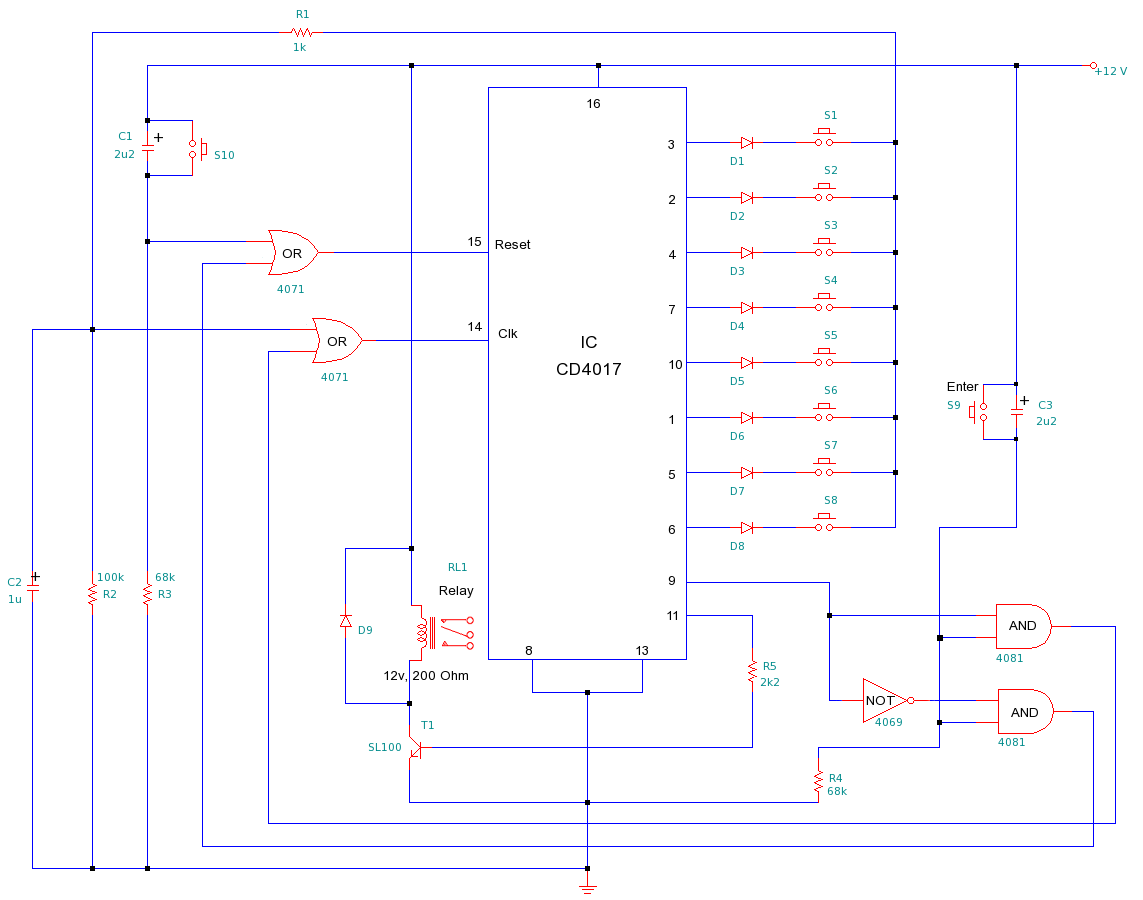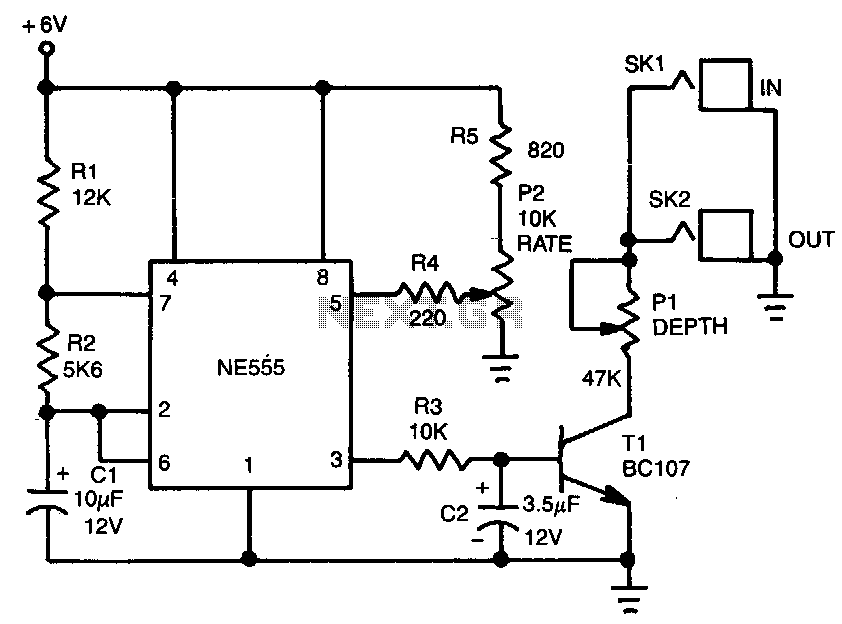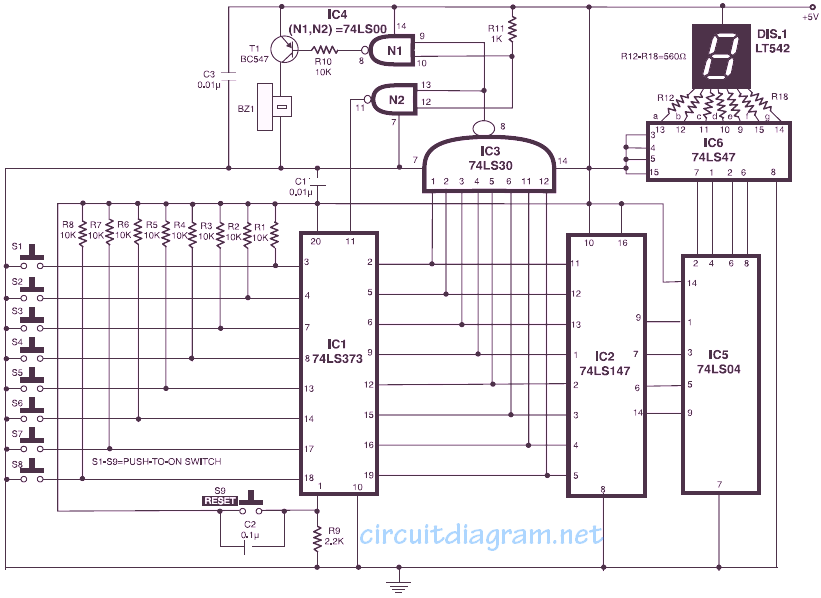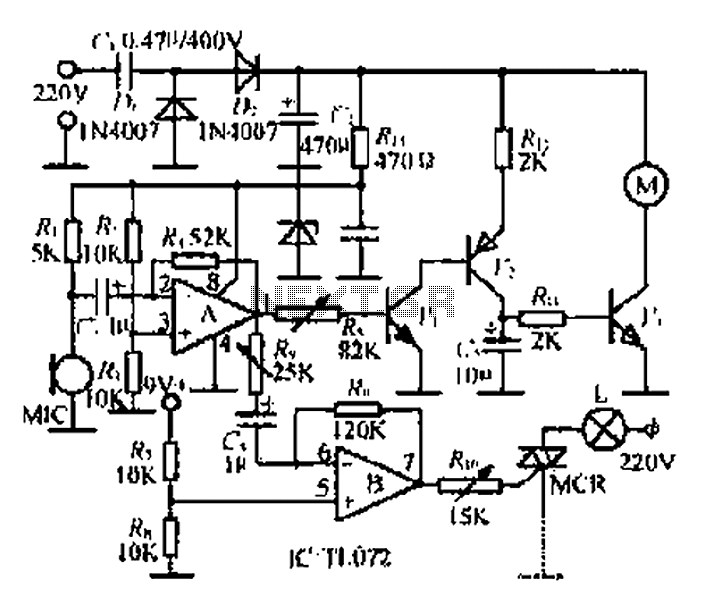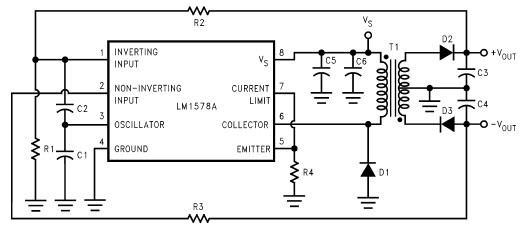
Two-tone electronic doorbell 2
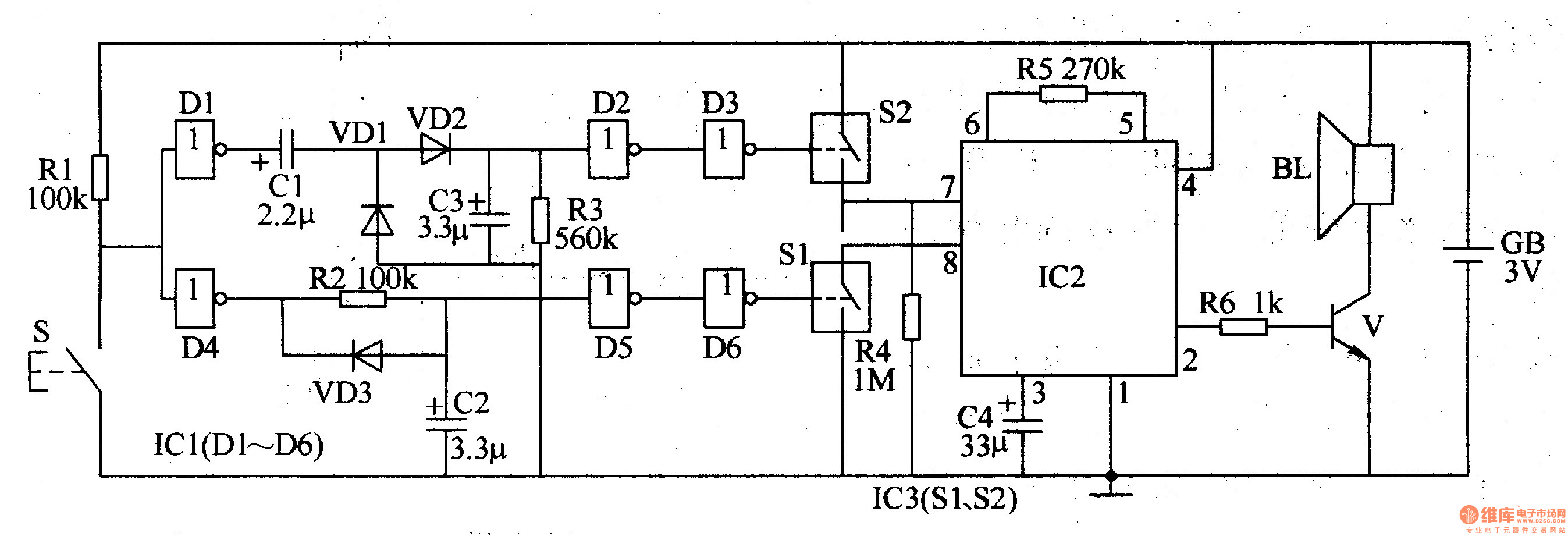
The two-tone electronic doorbell circuit comprises a trigger control circuit and a doorbell generating circuit, as illustrated in Figure 3-108. The trigger control circuit includes a doorbell button (S), resistors (R1-R3), electrical components (C1-C3), diodes (VD1-VD3), six NOT gate integrated circuits (IC1, D1-D6), and an electronic switch (IC3, S1, S2).
The two-tone electronic doorbell circuit is designed to produce two distinct tones when activated. The trigger control circuit initiates the operation upon pressing the doorbell button (S). This button is connected to a series of resistors (R1-R3) that help manage the current flow and protect the circuit from excessive voltage. The capacitors (C1-C3) serve to filter and stabilize the voltage, ensuring a consistent operation.
Diodes (VD1-VD3) are included in the circuit to prevent reverse polarity and protect sensitive components from potential damage. The six NOT gate integrated circuits (IC1, D1-D6) are configured to generate the two-tone sound by manipulating the input signals from the trigger control circuit. These gates provide the necessary logic to switch between the two tones based on the state of the doorbell button.
The electronic switch (IC3, S1, S2) acts as a relay that connects the doorbell generating circuit to the power supply. When the button is pressed, the trigger control circuit activates the electronic switch, allowing current to flow to the doorbell generating circuit, which produces the audible tones.
Overall, this circuit design effectively combines various electronic components to create a functional and reliable two-tone doorbell system. The integration of logic gates and protective elements ensures durability and performance, making it suitable for residential or commercial applications.The two-tone electronic doorbell circuit is composed of the trigger control circuit and doorbell generating circuit, and it is shown in Figure 3-108. Trigger control circuit consists of doorbell button S, resistors Rl-R3, electrical wear devices Cl-C3, diodes VDl-VD3, six NOT gate integrated circuit ICl (Dl-D6) and the electronic switch IC lC3 (S1, S2).
Door.. 🔗 External reference
The two-tone electronic doorbell circuit is designed to produce two distinct tones when activated. The trigger control circuit initiates the operation upon pressing the doorbell button (S). This button is connected to a series of resistors (R1-R3) that help manage the current flow and protect the circuit from excessive voltage. The capacitors (C1-C3) serve to filter and stabilize the voltage, ensuring a consistent operation.
Diodes (VD1-VD3) are included in the circuit to prevent reverse polarity and protect sensitive components from potential damage. The six NOT gate integrated circuits (IC1, D1-D6) are configured to generate the two-tone sound by manipulating the input signals from the trigger control circuit. These gates provide the necessary logic to switch between the two tones based on the state of the doorbell button.
The electronic switch (IC3, S1, S2) acts as a relay that connects the doorbell generating circuit to the power supply. When the button is pressed, the trigger control circuit activates the electronic switch, allowing current to flow to the doorbell generating circuit, which produces the audible tones.
Overall, this circuit design effectively combines various electronic components to create a functional and reliable two-tone doorbell system. The integration of logic gates and protective elements ensures durability and performance, making it suitable for residential or commercial applications.The two-tone electronic doorbell circuit is composed of the trigger control circuit and doorbell generating circuit, and it is shown in Figure 3-108. Trigger control circuit consists of doorbell button S, resistors Rl-R3, electrical wear devices Cl-C3, diodes VDl-VD3, six NOT gate integrated circuit ICl (Dl-D6) and the electronic switch IC lC3 (S1, S2).
Door.. 🔗 External reference
